1960: Chevrolet Corvette
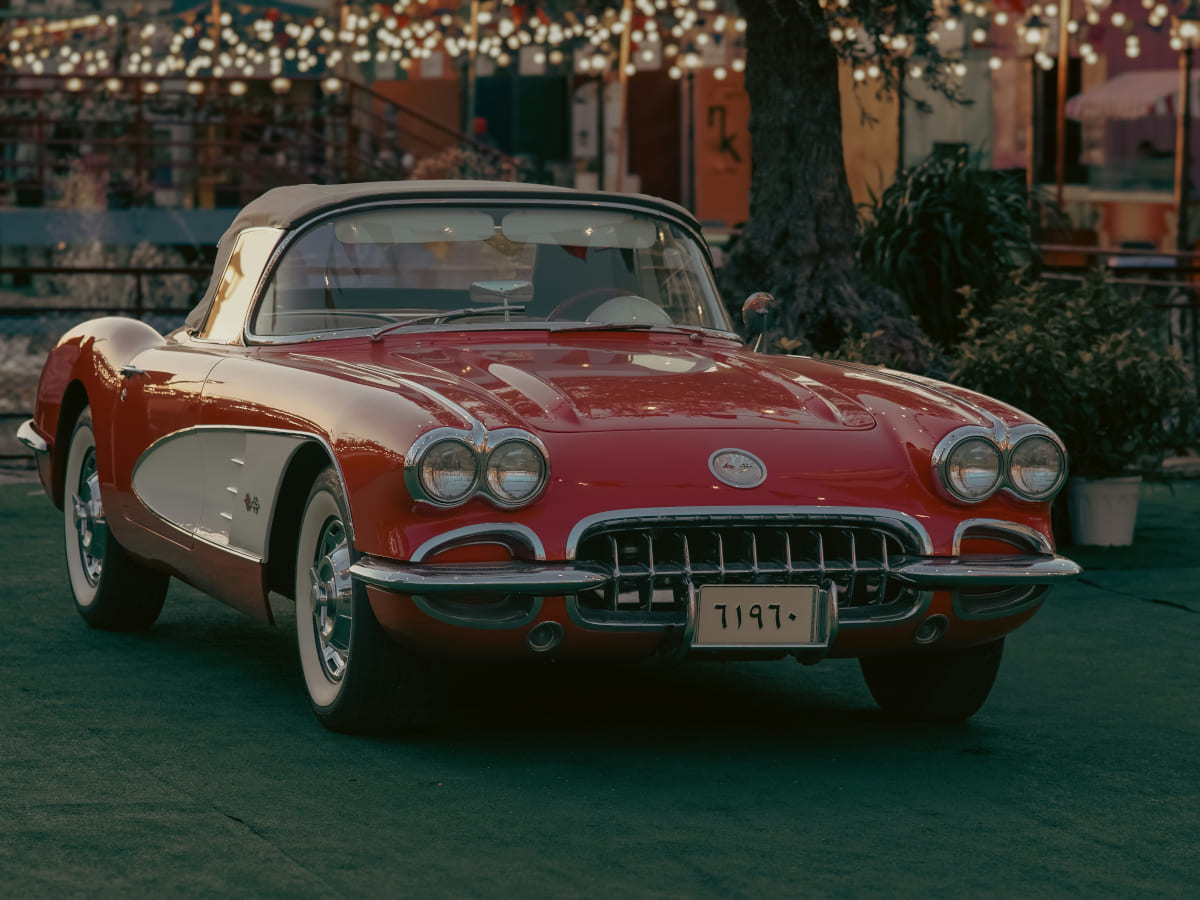
The 1960 Chevrolet Corvette is recognized for its role in defining the American sports car scene. With a design that emphasized clean lines and a simple yet appealing convertible top, it appealed to those looking for a straightforward, powerful ride.
Its performance was solid, thanks to a range of engine options that offered good acceleration and handling. This year's model also marked a refinement point, as it was one of the last of the first-generation Corvettes, making it a notable piece in the car's history. The 1960 Corvette stood out for being more than just a car; it was a reflection of the era's values and aspirations.
1961: Jaguar E-Type
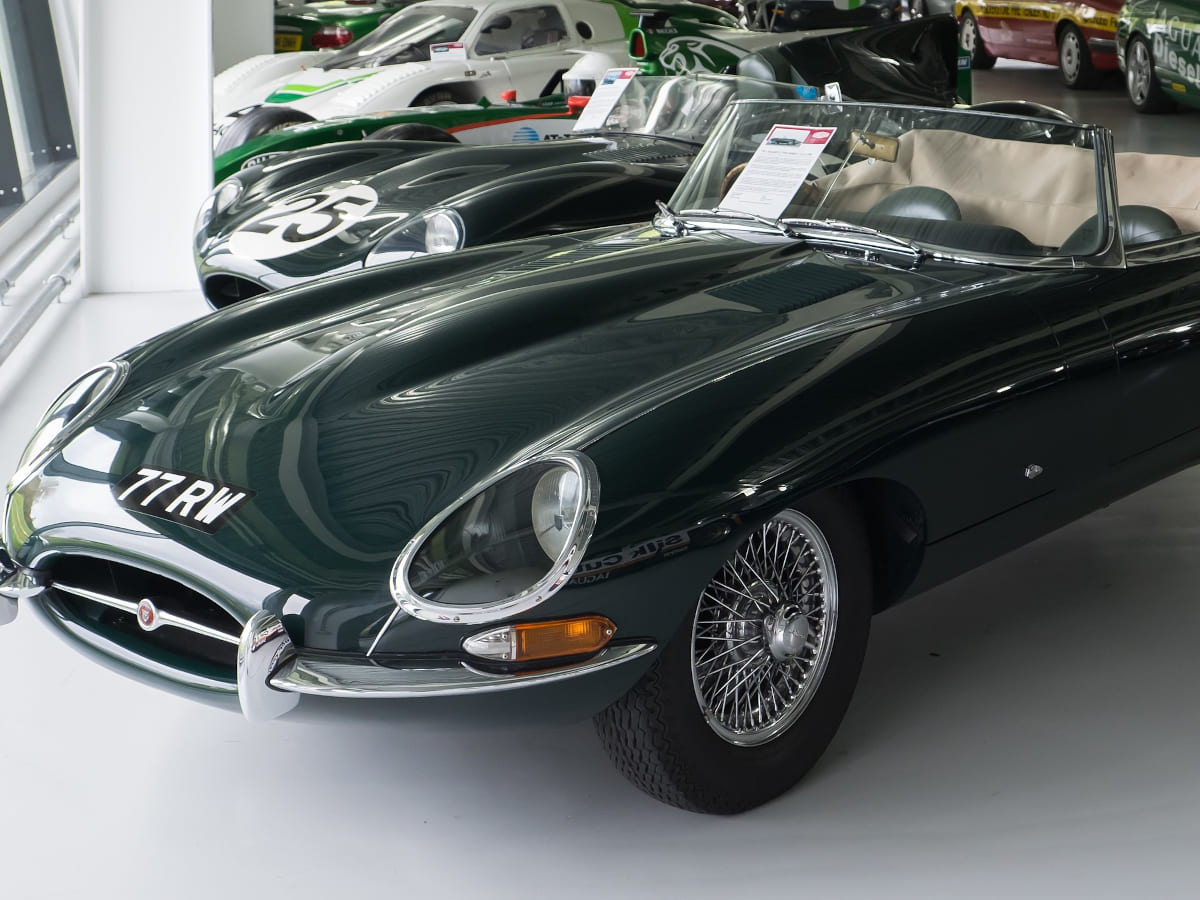
The 1961 Jaguar E-Type is widely appreciated for its significant impact on car design and performance during its era. Its introduction brought forward a sleek, aerodynamic shape that was not only visually striking but also functional, reducing drag and improving speed.
The E-Type's performance matched its looks, with a powerful engine and advanced features for the time, like independent rear suspension and disc brakes. This combination of aesthetics and engineering made it stand out in the automotive world, earning it a place as one of the coolest cars of the 20th century.
1962: Shelby Cobra

The 1962 Shelby Cobra emerged as a standout due to its unique blend of British sports car design and American muscle. Carroll Shelby's vision led to the marrying of a lightweight AC Ace body with a powerful Ford V8 engine, resulting in exceptional performance and speed.
Its straightforward design focused on function over form, emphasizing the car's racing capabilities. The Cobra's success on the racetrack helped cement its legacy, making it a favorite among car enthusiasts for its raw power and simplicity. This no-frills approach to combining speed with a minimalist design is what set the Shelby Cobra apart in the early '60s.
1963: Porsche 911
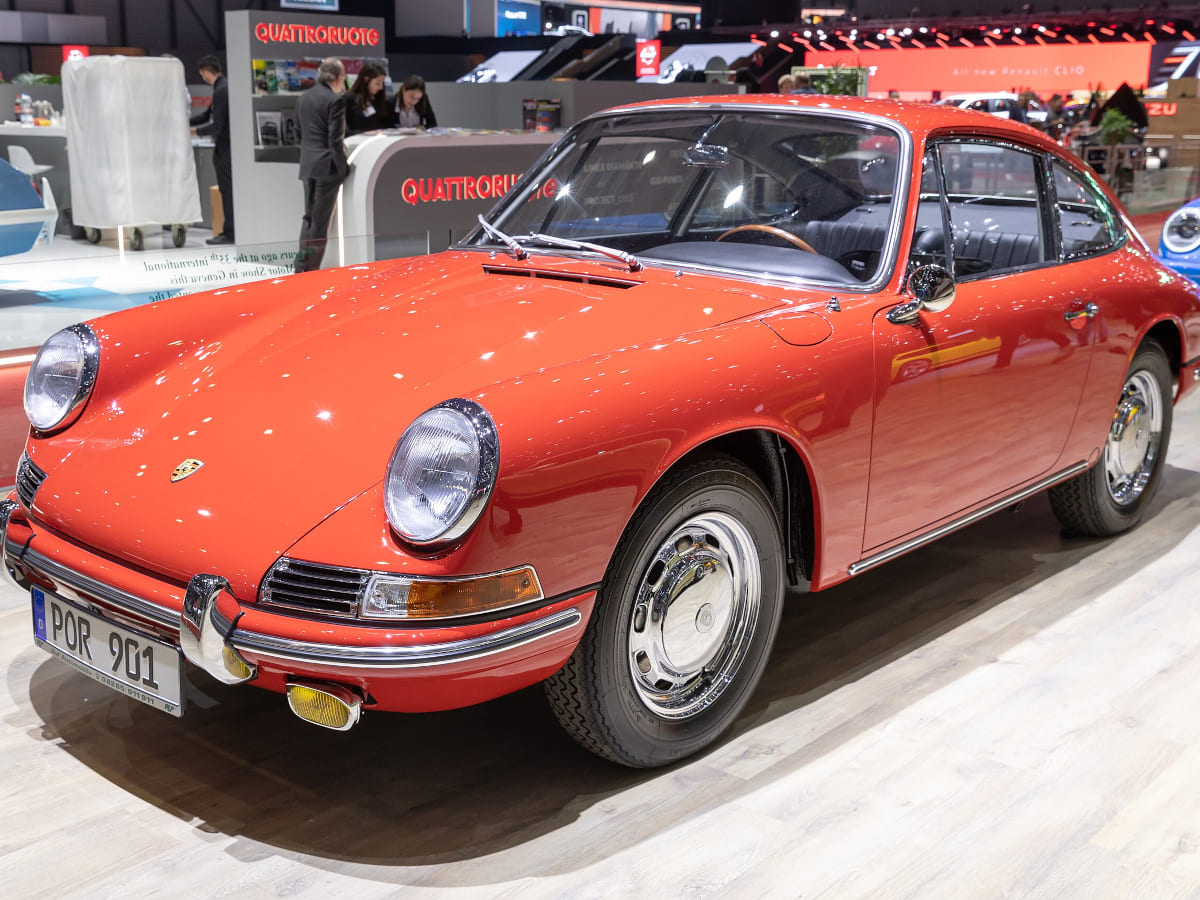
The 1963 Porsche 911's introduction marked the beginning of a car line that would become synonymous with performance and reliability. The 911's air-cooled, rear-mounted engine was a significant departure from conventional sports cars of the time, offering a unique driving experience.
Its distinctive silhouette, characterized by smooth lines and a sloping rear, has remained largely unchanged over the years, underscoring the car's enduring appeal. The Porsche 911 distinguished itself by balancing performance, practicality, and style in a way few other cars have.
1964: Ford Mustang
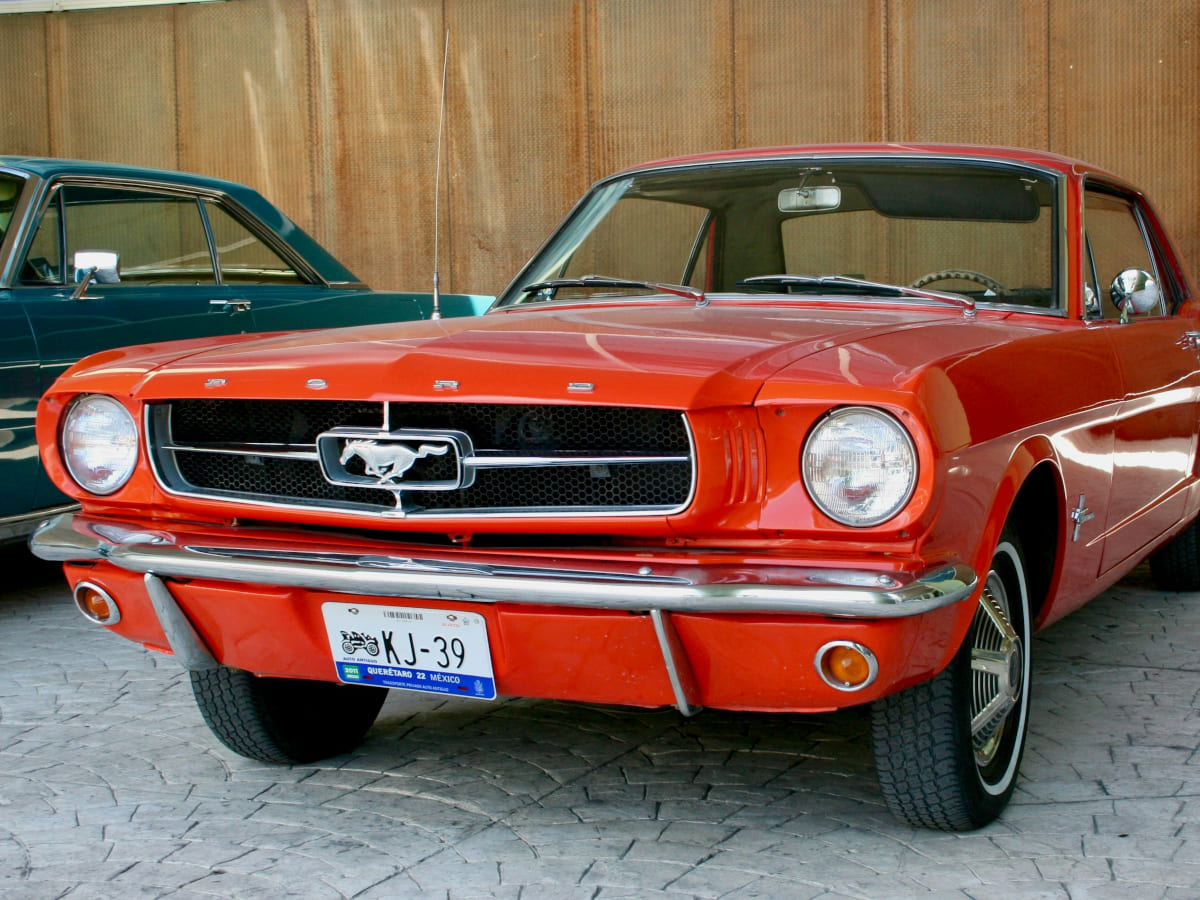
The 1964 Ford Mustang was a significant addition to American car culture, offering affordability, style, and performance. It introduced the concept of customization with its range of engines and trims, allowing for personalization.
The design, featuring a long hood and short rear deck, became iconic and influenced future car designs. Its success led to the creation of the "pony car" category, setting off competition within the industry.
1965: Ford Mustang
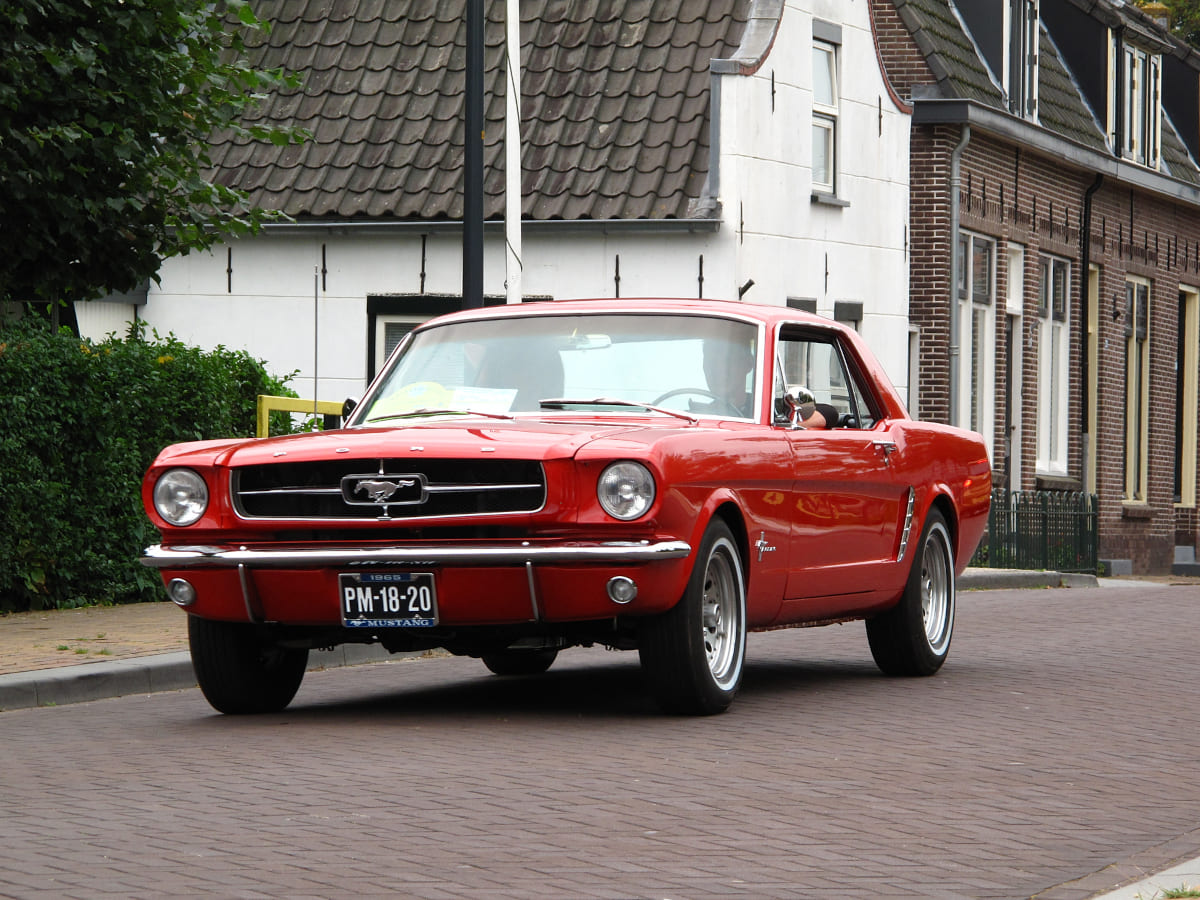
The 1965 Ford Mustang built on its initial success by refining its formula of affordability, performance, and style. It continued to offer a wide range of customization options, from engines to trims, appealing to a larger audience
The Mustang's design, iconic for its balance and proportions, remained largely unchanged, cementing its status in car culture. This model year also saw the introduction of the GT version, enhancing its appeal with upgraded performance features. Its versatility and the ability to cater to both daily drivers and enthusiasts alike solidified the Mustang's cool factor without needing excessive praise.
1966: Lamborghini Miura
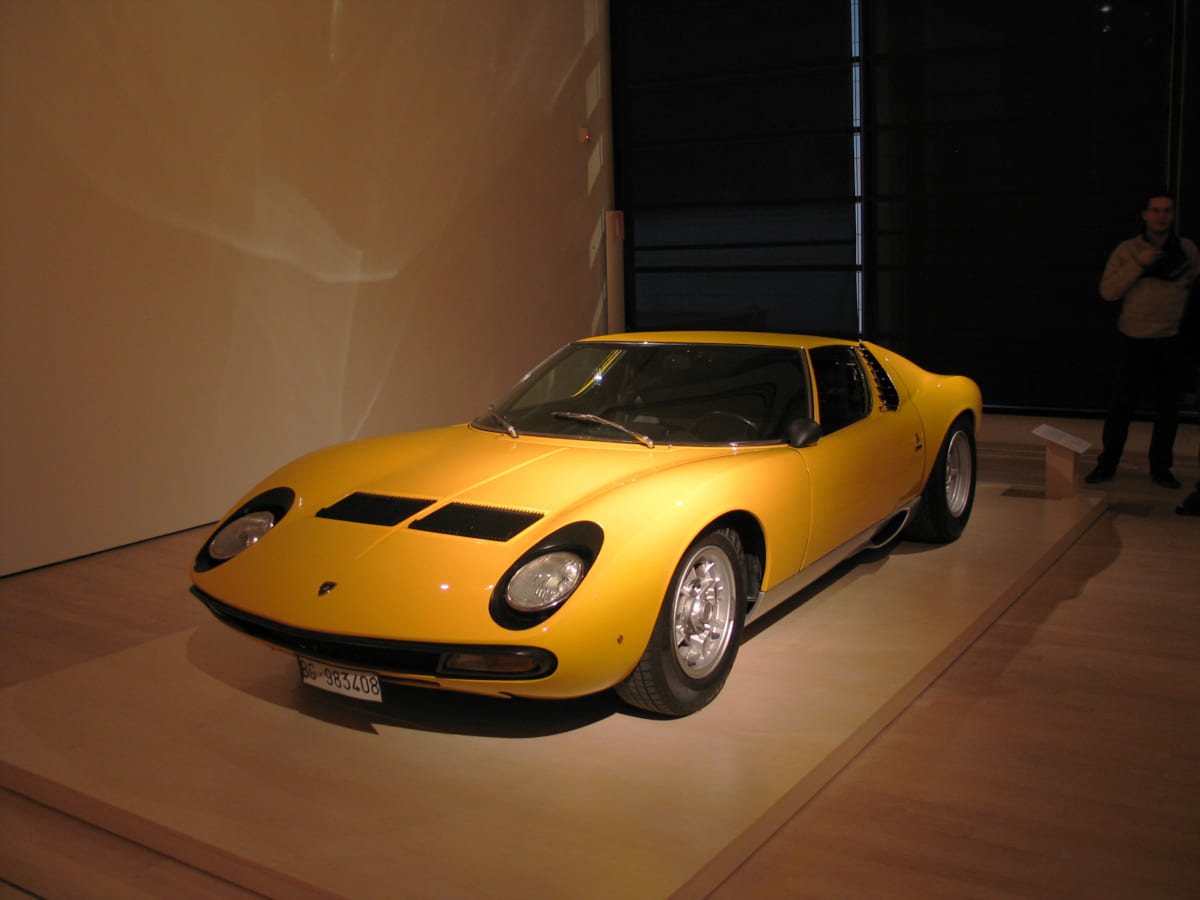
The 1966 Lamborghini Miura stood out for its engineering and design innovation. Regarded as the first supercar with a rear mid-engine, two-seat layout, it set a new standard in car design and performance. The Miura's sleek lines and low profile were not just aesthetically pleasing but also aerodynamic.
Powered by a V12 engine, it delivered impressive speed, making it one of the fastest cars of its time. Its combination of technical advancements and striking appearance made it a landmark model in automotive history, influencing the development of high-performance sports cars.
1967: Chevrolet Camaro
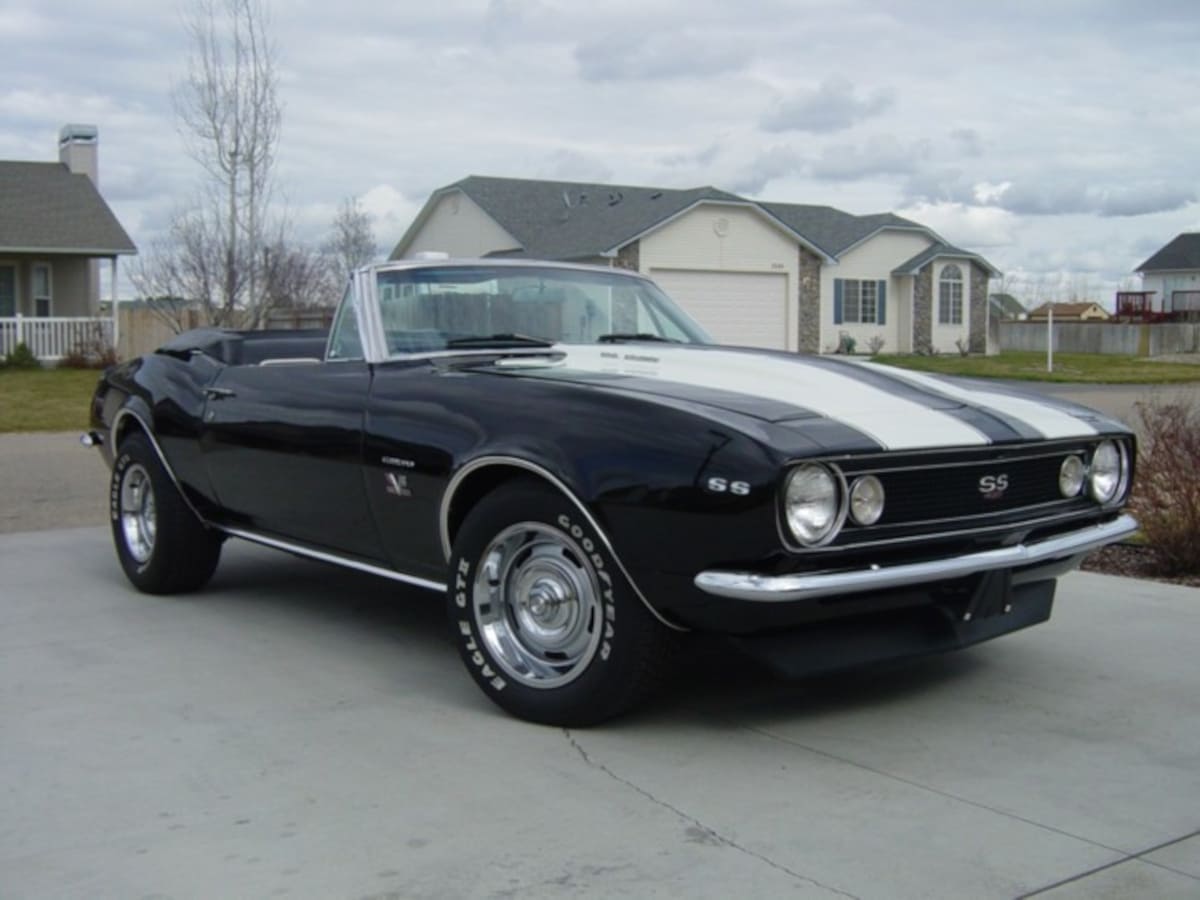
The 1967 Chevrolet Camaro entered the automotive scene as Chevrolet's answer to the Ford Mustang, marking its debut in the "pony car" class. Its introduction added another layer of competition, featuring a range of engines that catered to both everyday drivers and racing enthusiasts.
The Camaro's design was notable for its balanced proportions and wide stance, offering a distinctive look while maintaining practicality. Available in both coupe and convertible models, it provided versatility to potential buyers. The Camaro's blend of performance, style, and options contributed to its cool status, making it a classic American muscle car.
1968: Dodge Charger

The 1968 Dodge Charger stands out for its distinctive design and powerful performance. Its aggressive front grille and hidden headlights gave it a menacing look, while the sleek body lines added to its muscular appearance.
The Charger was available with a range of V8 engines, including the famed Hemi, offering substantial power. It gained fame in car culture and cinema, further solidifying its cool status. This model's blend of performance, style, and cultural impact made it a notable figure in the muscle car era, appealing to enthusiasts and collectors alike.
1969: Nissan Fairlady Z
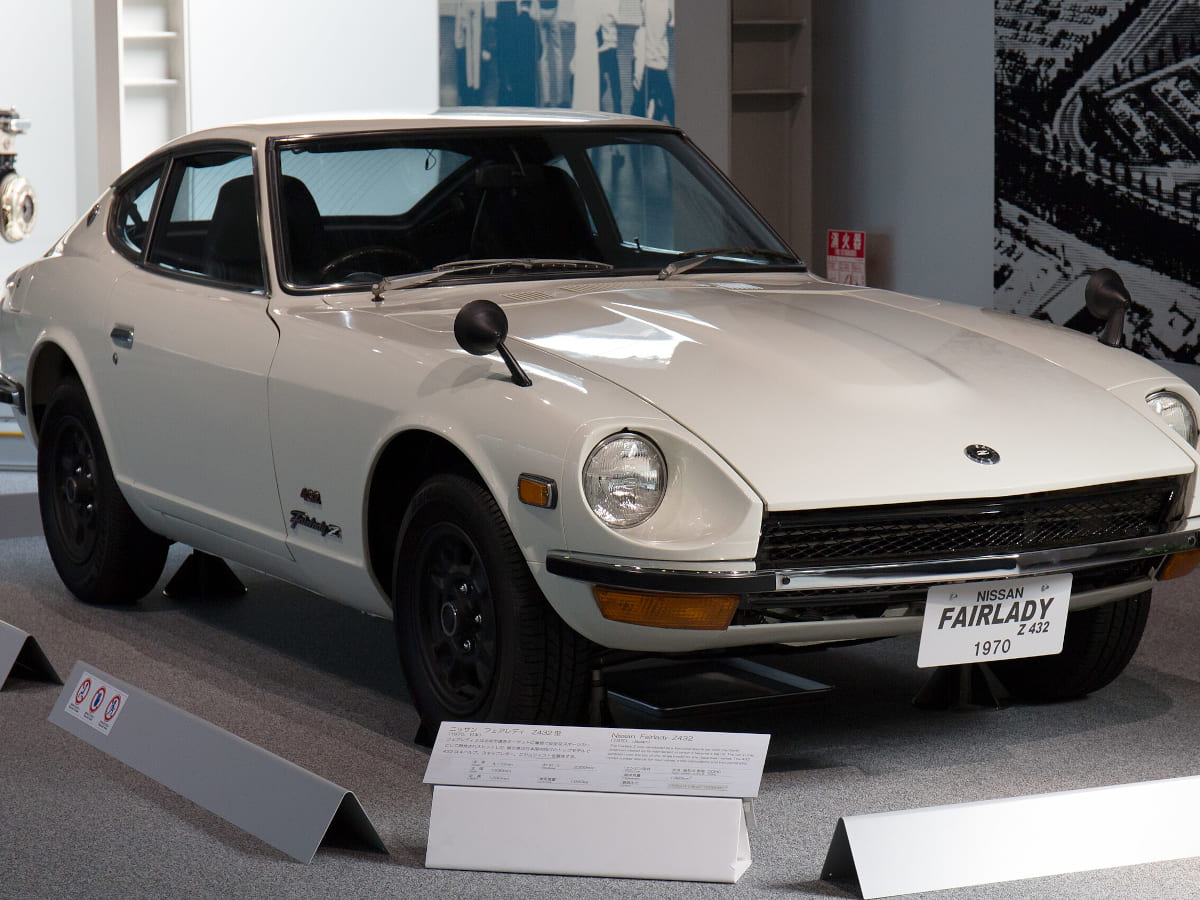
The 1969 Nissan Fairlady Z, known internationally as the Datsun 240Z, marked a significant moment in sports car history. It combined performance, affordability, and reliability in a way that was rare at the time. Its sleek design and 2.4-liter inline-six engine offered a driving experience that rivaled more expensive European sports cars.
The Fairlady Z's accessibility and impressive performance metrics made it a favorite among car enthusiasts, contributing to its enduring legacy. Its success helped shift perceptions of Japanese cars worldwide, showcasing Japan's capability to produce competitive and desirable sports cars.
1970: Plymouth Barracuda

The 1970 Plymouth Barracuda, part of the third generation, set itself apart with its redesigned body and enhanced performance options. Notably available with a variety of potent V8 engines, including the legendary 426 Hemi and the 440 Six Pack, it delivered impressive power and speed.
Its distinct styling, featuring a more aggressive stance and sleek lines, captured attention. The Barracuda's performance, coupled with its customizable options, made it a standout in the muscle car era. This combination of power, design, and customization possibilities solidified its reputation as a cool car in automotive history.
1971: De Tomaso Pantera
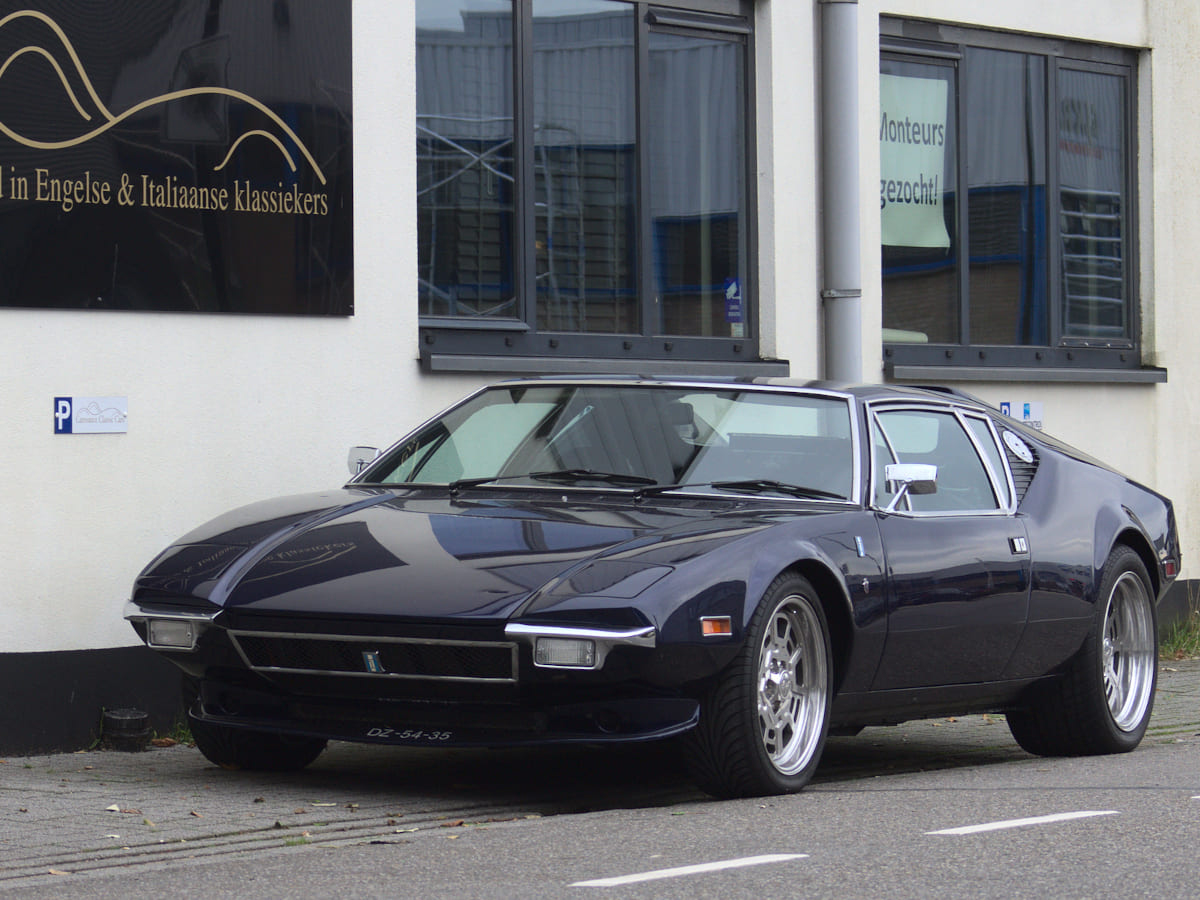
The 1971 De Tomaso Pantera blended Italian design flair with American muscle, creating a unique sports car. Its mid-engine layout and Ford V8 powertrain offered a balance of exotic styling and robust performance.
The Pantera's sleek lines and low profile epitomized the era's sports car aesthetics, while its accessibility, compared to other European exotics, added to its appeal. This combination of performance, style, and relative affordability contributed to the Pantera's cool factor, making it a desirable choice for enthusiasts seeking something beyond the conventional offerings of the time.
1972: BMW 3.0 CSL
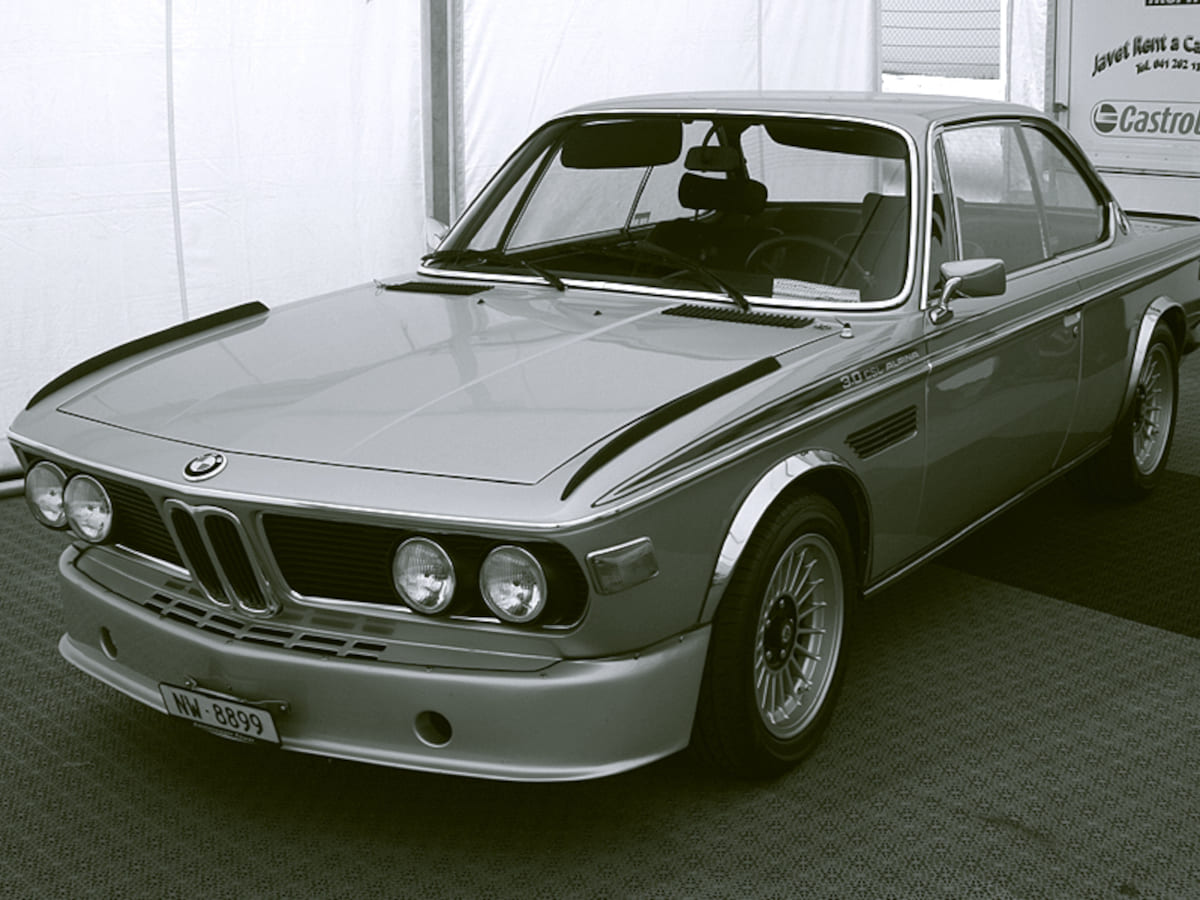
The 1972 BMW 3.0 CSL was a special edition coupe designed for racing, earning it the nickname "Batmobile" due to its distinctive aerodynamic features. It was lighter than the standard model, thanks to the use of aluminum panels and Perspex windows.
The 3.0 CSL's success in European touring car racing highlighted its performance capabilities, underscored by a powerful inline-six engine. Its combination of racing pedigree, limited production numbers, and unique design elements made it a standout model, solidifying its status as a cool car with a lasting legacy in BMW's history.
1973: Porsche 911 Carrera RS
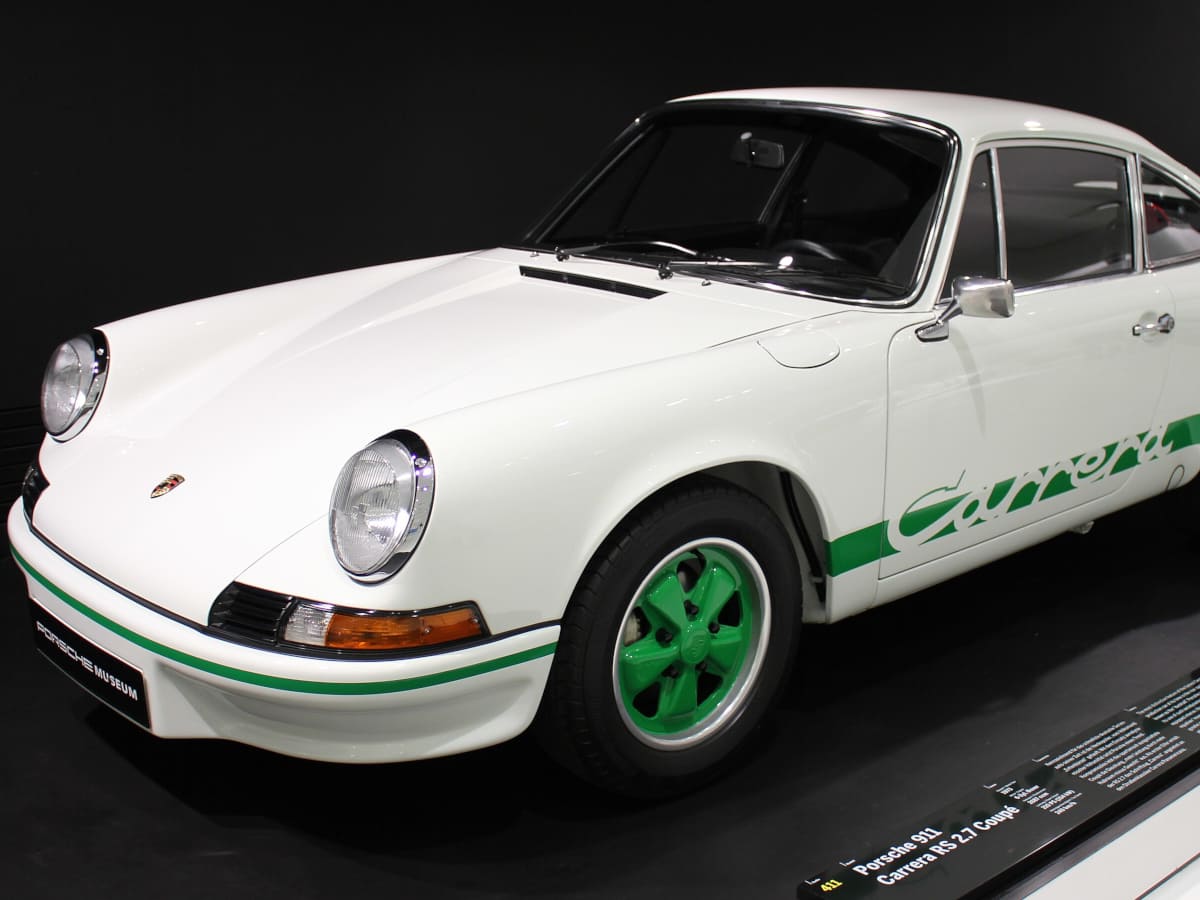
The 1973 Porsche 911 Carrera RS is revered for its pure driving experience and racing success. It was lighter and more powerful than the standard 911, thanks to engine enhancements and the use of lightweight materials. The vehicle featured distinctive styling, including a rear spoiler — a novelty at the time — which contributed to its aerodynamic efficiency.
Its limited production run, coupled with exceptional performance on both road and track, made the Carrera RS a highly sought-after model among enthusiasts, embodying Porsche's commitment to engineering excellence and motorsport heritage.
1974: Lamborghini Countach LP400
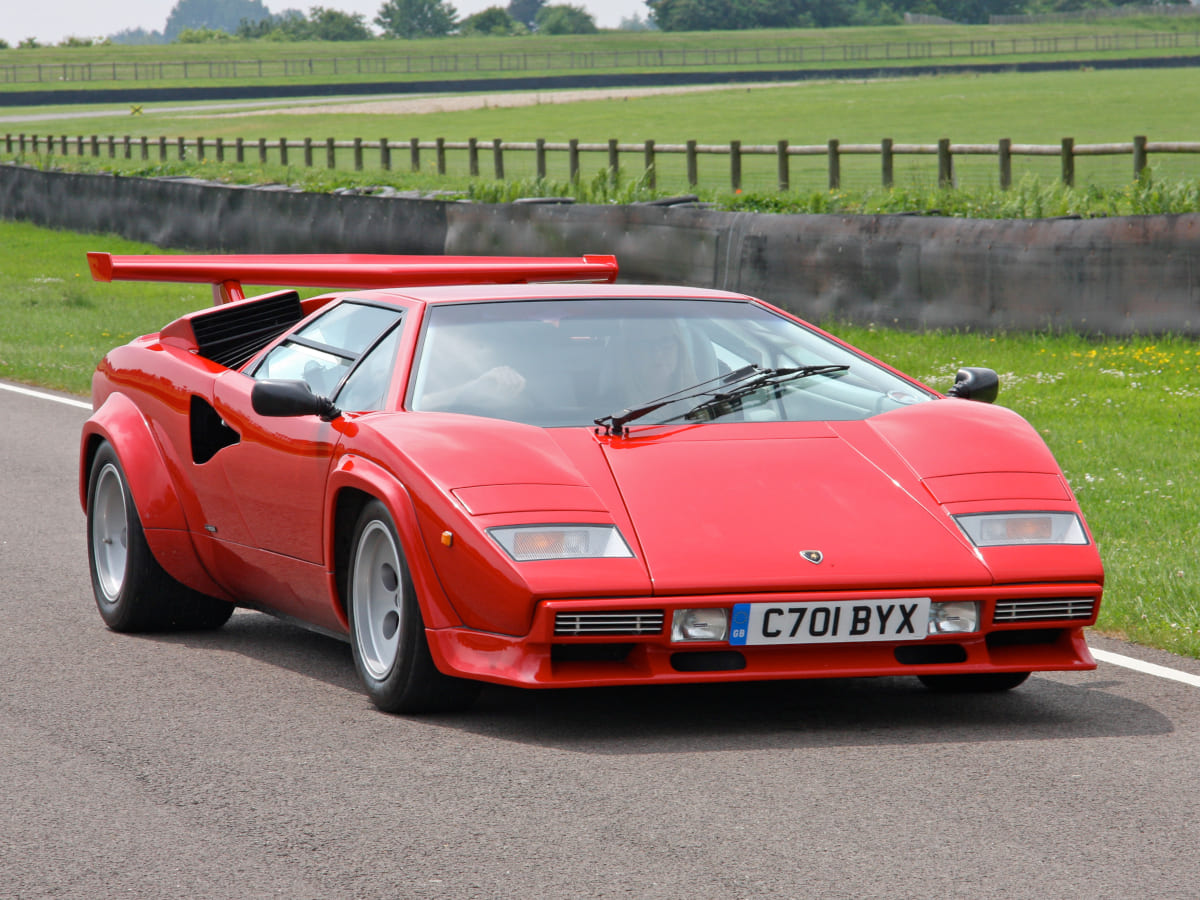
The 1974 Lamborghini Countach LP400 introduced a radical design that departed significantly from past conventions. Its wedge-shaped, sharply angled body was unlike anything seen before, setting a new standard for supercar aesthetics.
The Countach was not just about looks; its mid-mounted V12 engine delivered formidable performance, making it one of the fastest cars of its era. This model's futuristic design and engineering prowess captured the imagination of car enthusiasts around the world, securing its place as an iconic symbol of automotive innovation and coolness.
1975: Ferrari 308 GTB

Introduced in 1975, the Ferrari 308 GTB marked Ferrari's foray into the mid-engined V8 market, setting a new direction for the brand. Its sleek, Pininfarina-designed body and powerful performance quickly made it a favorite among sports car enthusiasts. The 308 GTB boasted impressive agility and speed, thanks to its lightweight fiberglass construction (in early models) and potent V8 engine.
This combination of innovative design and engineering excellence helped establish the 308 GTB as a quintessential example of Ferrari's prowess in creating vehicles that blend style with high performance, cementing its status as a cool car with a lasting legacy.
1976: Lotus Esprit

The 1976 Lotus Esprit emerged as a standout with its distinctive wedge shape and sharp, clean lines, courtesy of designer Giorgetto Giugiaro. This mid-engine sports car was not only visually striking but also exemplified Lotus's philosophy of achieving high performance through lightweight construction.
Its handling and agility on the road were exemplary, thanks to a well-engineered chassis and a focus on aerodynamics. The Esprit's appearance in popular culture, notably in the James Bond film "The Spy Who Loved Me," further cemented its cool status, showcasing its unique design and performance capabilities to a global audience.
1977: Pontiac Firebird Trans Am
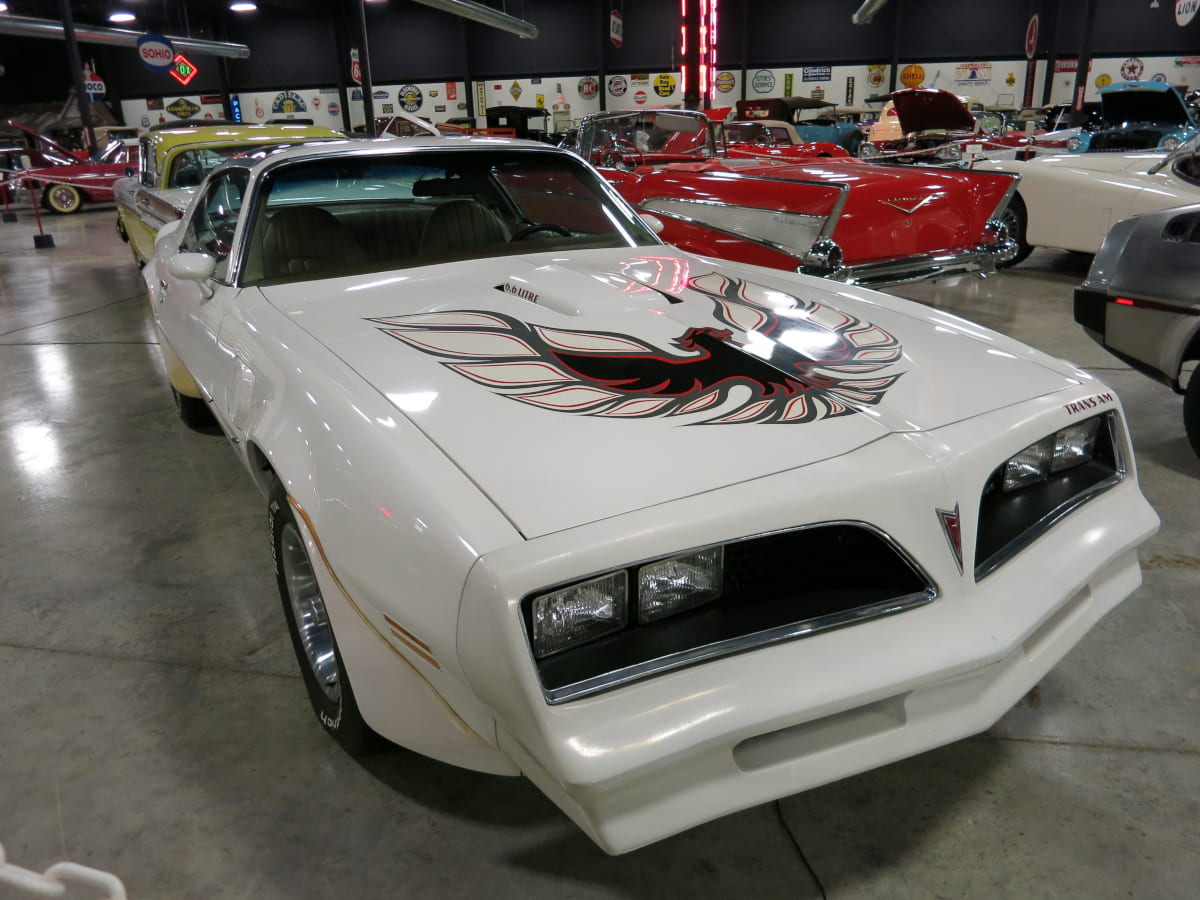
The 1977 Pontiac Firebird Trans Am gained iconic status through its muscular styling and significant presence in popular media, most famously in "Smokey and the Bandit." Its bold design, characterized by the large "screaming chicken" decal on the hood and distinctive T-top roof, made it instantly recognizable.
Underneath the hood, a powerful V8 engine delivered robust performance, aligning with the era's demand for high-powered American muscle cars. This blend of performance and pop culture appeal solidified the Trans Am's cool factor, making it a symbol of 1970s automotive excess and enthusiasm.
1978: Aston Martin V8 Vantage

The 1978 Aston Martin V8 Vantage stood out for its remarkable blend of luxury and performance. It was touted as Britain's first supercar, capable of reaching speeds that rivaled the fastest cars in the world at the time. The V8 Vantage's engine upgrades and enhanced aerodynamics contributed to its superior performance.
Its hand-built quality and the refined yet aggressive styling maintained Aston Martin's reputation for elegance and exclusivity. The car's appearance, with a distinctive front grille and muscular body, embodied a classic sports car ethos, making it a coveted model among enthusiasts and securing its cool status.
1979: Porsche 930 Turbo

The 1979 Porsche 930 Turbo is renowned for introducing turbocharging to the mainstream sports car market. Its turbocharged engine provided exceptional power and performance, setting new standards for acceleration and top speed.
This model featured the distinctive "whale tail" rear spoiler, which became a signature element, improving aerodynamics and cooling. The 930 Turbo's blend of performance, innovative technology, and unmistakable design made it a standout vehicle of its era, earning it a cool and iconic status among Porsche enthusiasts and sports car fans alike.
1980: Audi Quattro

The 1980 Audi Quattro revolutionized the automotive world with its introduction of all-wheel drive to production cars, a feature that significantly improved handling and traction. This technological innovation allowed it to dominate rally racing, showcasing its capabilities on a global stage.
Its success in competition proved the effectiveness and durability of all-wheel drive, influencing the industry at large. The Quattro's functional yet sleek design, combined with its groundbreaking engineering, cemented its cool status among car enthusiasts and established a legacy that influences Audi's design and technology to this day.
1981: DeLorean DMC-12
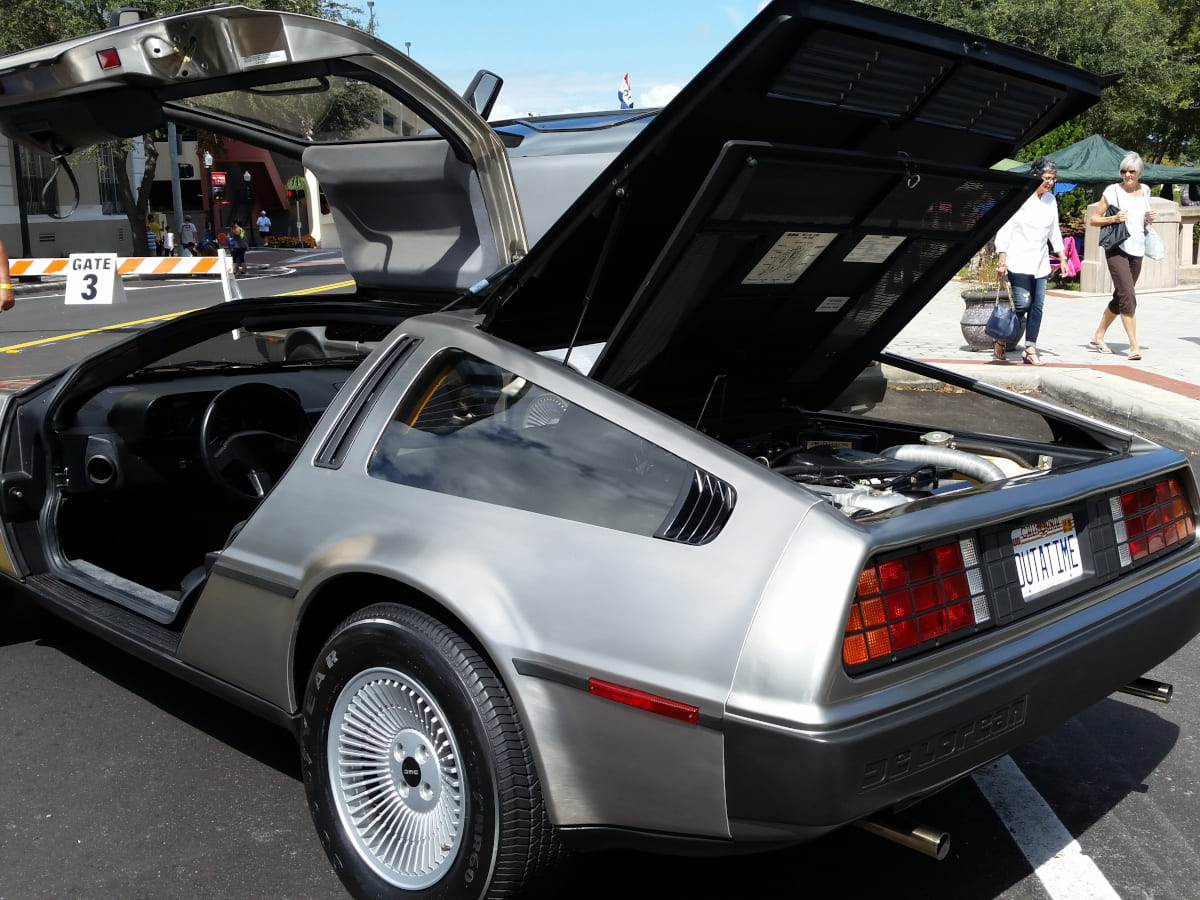
The 1981 DeLorean DMC-12 is recognized for its distinctive gull-wing doors and stainless steel body. Its unique design, featuring a futuristic look for its time, set it apart from other cars of the era. The DMC-12 became particularly famous after being featured as a time machine in the "Back to the Future" film series.
Despite its mixed performance reviews, the DeLorean's cultural impact and design innovation contributed to its status as a cool car, capturing the imagination of both car enthusiasts and the general public.
1982: Lamborghini Jalpa

The 1982 Lamborghini Jalpa, known for being one of the more accessible Lamborghini models, offered a blend of exotic car appeal with a degree of practicality. Its V8 engine provided considerable power, set within a design that was both aggressive and stylish, typical of Lamborghini's ethos.
The Jalpa's lower production numbers compared to its contemporaries add to its exclusivity and appeal. Its presence in popular culture and media further established its cool status, offering a slice of the Lamborghini dream with a slightly more attainable edge, making it a respected model among enthusiasts.
1983: Ferrari 288 GTO

The 1983 Ferrari 288 GTO is revered for its engineering excellence and performance prowess. Designed with racing in mind, it featured a lightweight body and a powerful twin-turbo V8 engine, a combination that delivered exceptional speed and handling.
This model marked a return to the ethos of the original GTO (Gran Turismo Omologato) series, blending race-ready specifications with road legality. Its rarity and the distinction of being Ferrari’s first supercar further enhance its cool factor, making it highly sought after by collectors and enthusiasts. The 288 GTO's influence on the design and performance of future supercars cements its iconic status.
1984: Porsche 911 Carrera 3.2
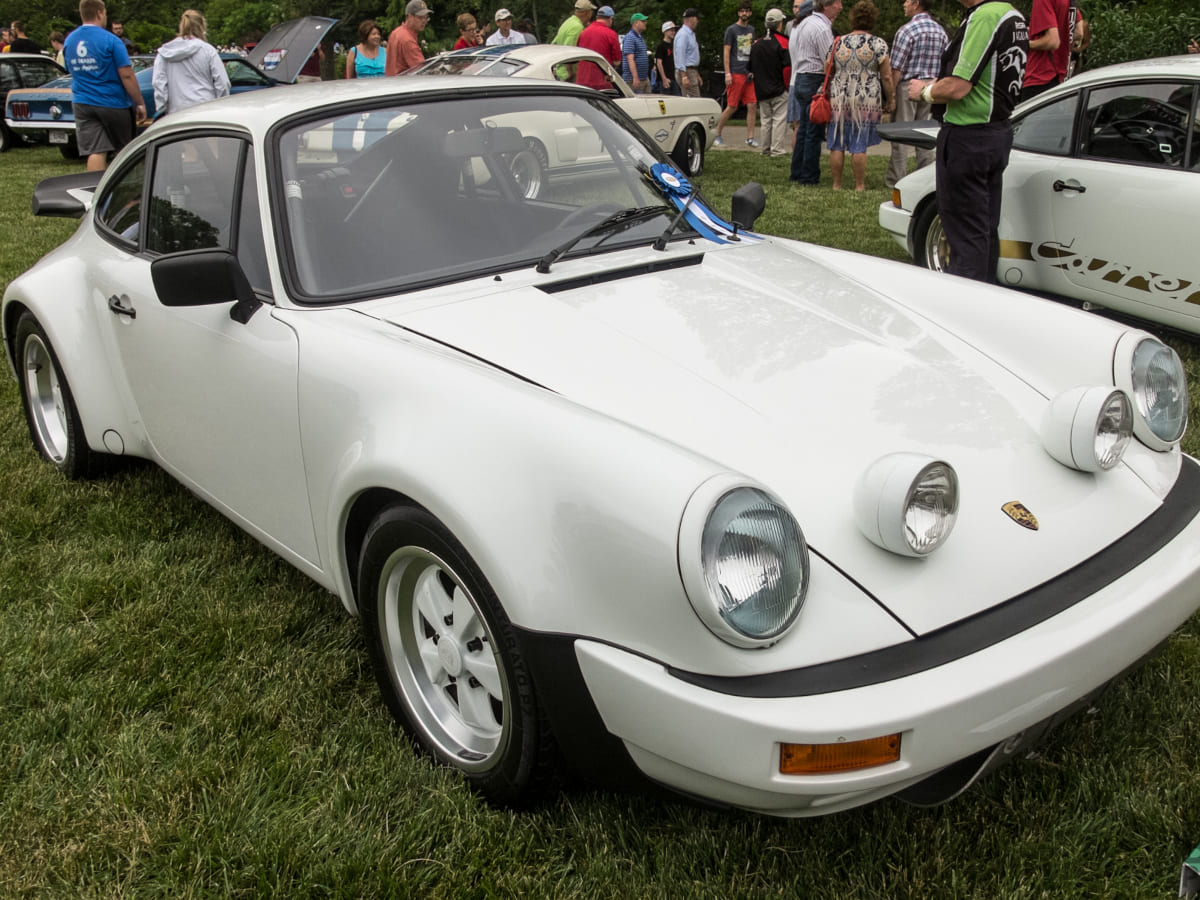
The 1984 Porsche 911 Carrera 3.2 is celebrated for its refinement of the classic 911 formula. With an increased engine capacity to 3.2 liters, it offered improved performance, reliability, and drivability over its predecessors. This model also marked the introduction of significant technological advancements, including a more efficient fuel injection system.
Its timeless design, combined with enhanced power and the distinctive driving experience characteristic of the 911 series, solidified its status as a cool car. The Carrera 3.2 represents a balance between tradition and innovation, making it a favorite among Porsche enthusiasts.
1985: Toyota MR2
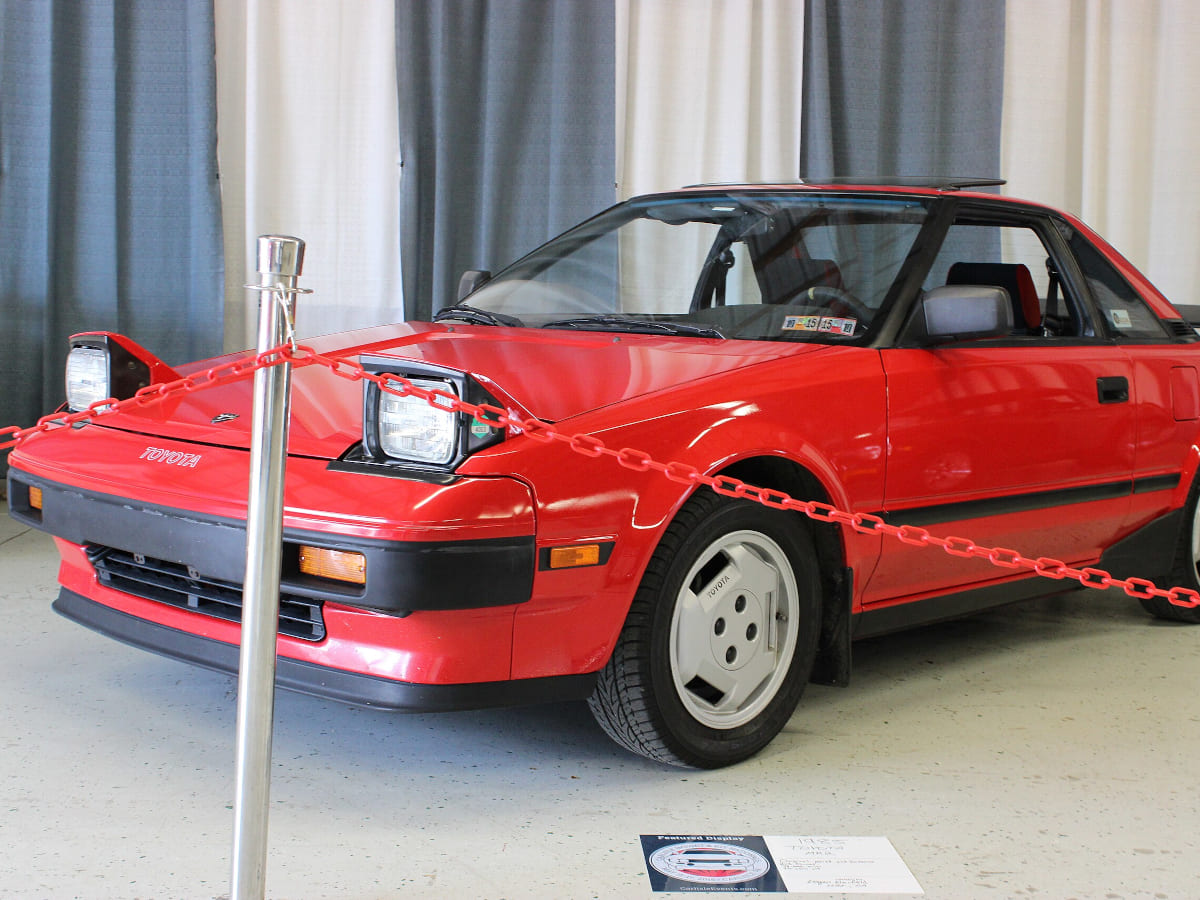
The 1985 Toyota MR2 distinguished itself as a cool car by introducing the mid-engine layout to the affordable sports car market. Its compact size and lightweight design contributed to its nimble handling and responsive driving experience.
The MR2 was also praised for its innovative and sleek styling, which stood out among contemporaries. Its practicality, combined with enjoyable driving dynamics and reliability, made it a popular choice for enthusiasts seeking a fun and accessible sports car. The MR2's blend of performance, design, and affordability cemented its reputation as a noteworthy and cool vehicle in automotive history.
1986: Ford RS200
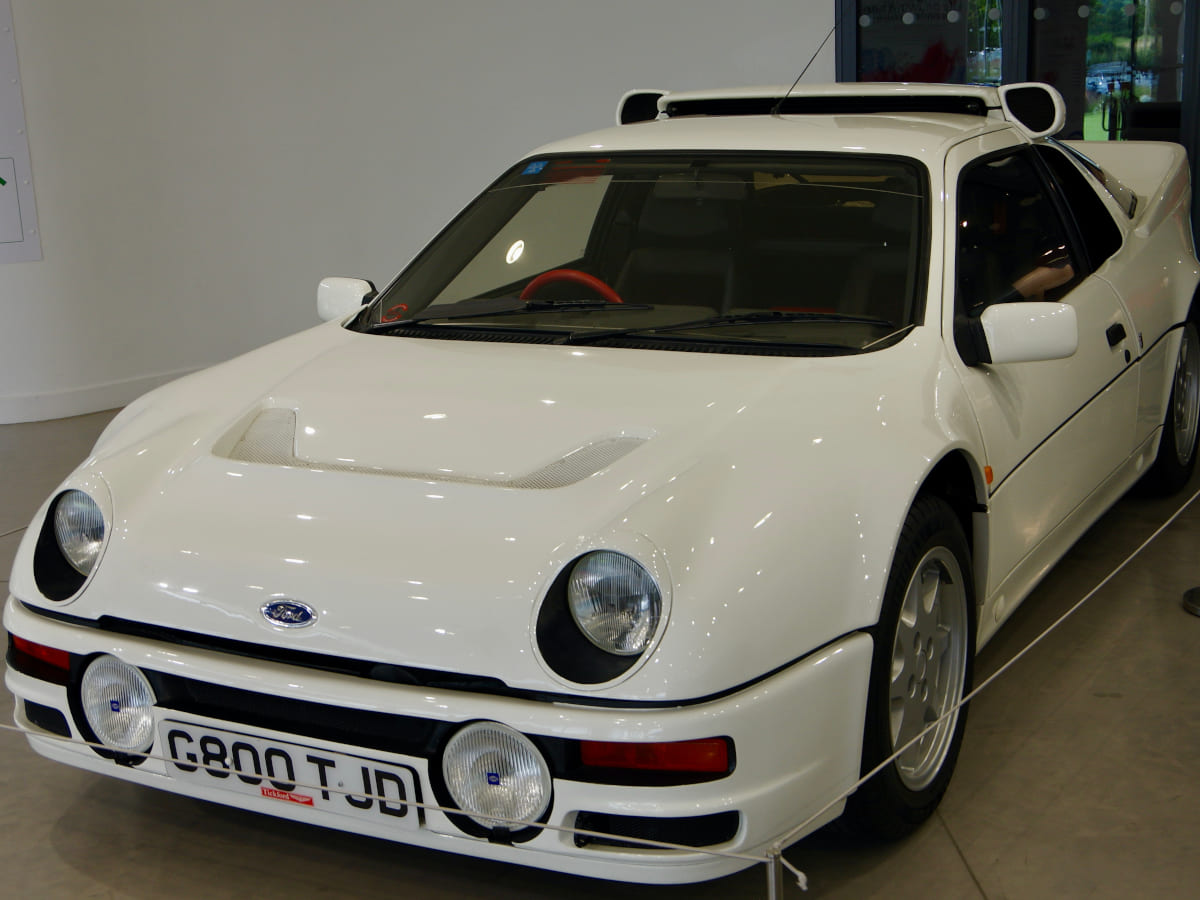
The 1986 Ford RS200 stands out for its unique position in automotive history, designed specifically for Group B rally racing. Its mid-engine layout and four-wheel drive system were engineered for optimal performance on rally stages, showcasing advanced technology for the time.
The RS200's distinctive, purpose-built design and limited production run have made it a rare collectible. Its ability to compete at the highest levels of motorsport, combined with its exclusivity and performance capabilities, contribute to its cool factor, making it highly coveted among motorsport enthusiasts and collectors alike.
1987: Ferrari F40
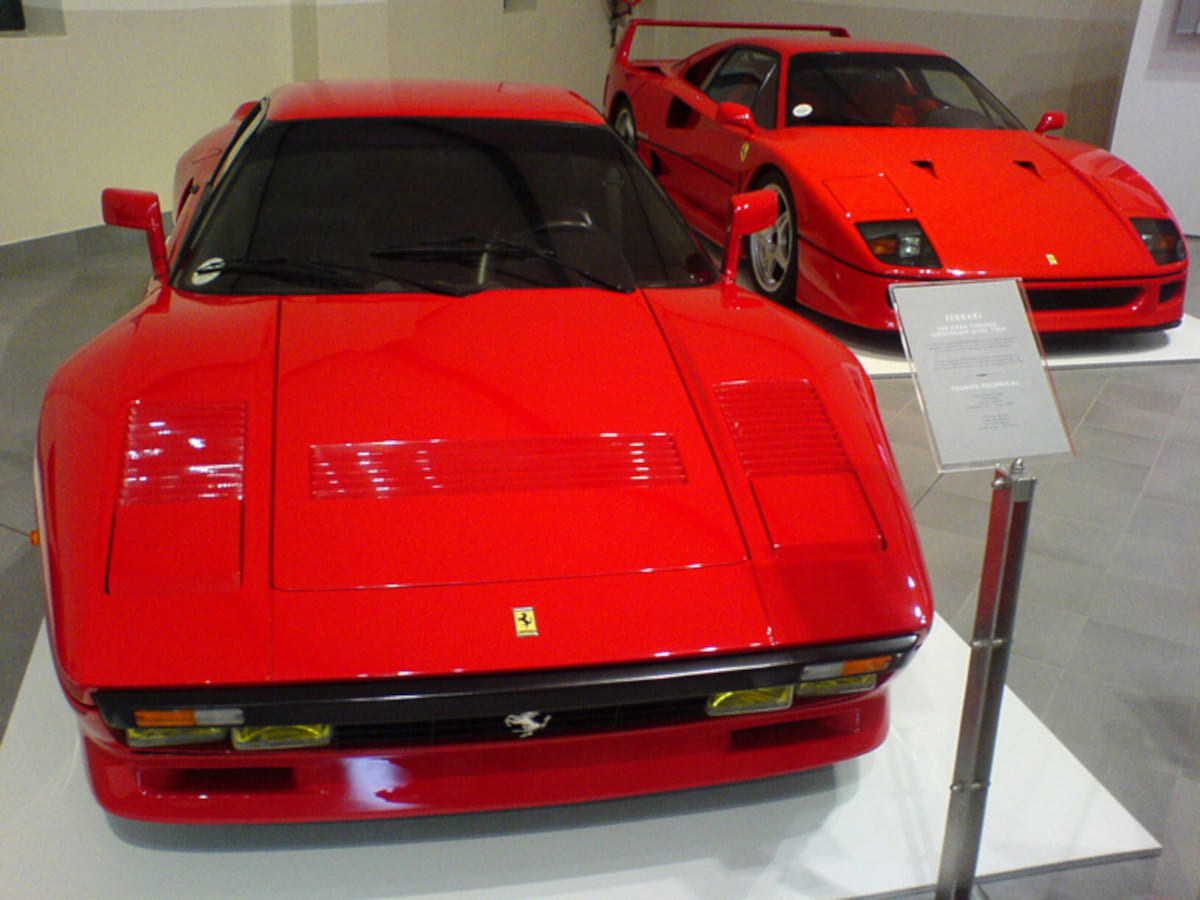
The 1987 Ferrari F40 is revered for being the culmination of Ferrari's engineering prowess, marking the 40th anniversary of the company. It was one of the first production cars to break the 200 mph barrier, thanks to its lightweight construction and powerful twin-turbocharged V8 engine.
The F40's design, with its raw, race-car-like aesthetics, lacked unnecessary comforts in favor of pure performance. This focus on speed and driving experience, along with its limited production, has made the F40 a symbol of automotive excellence and a cool car by any standard.
1988: BMW M3
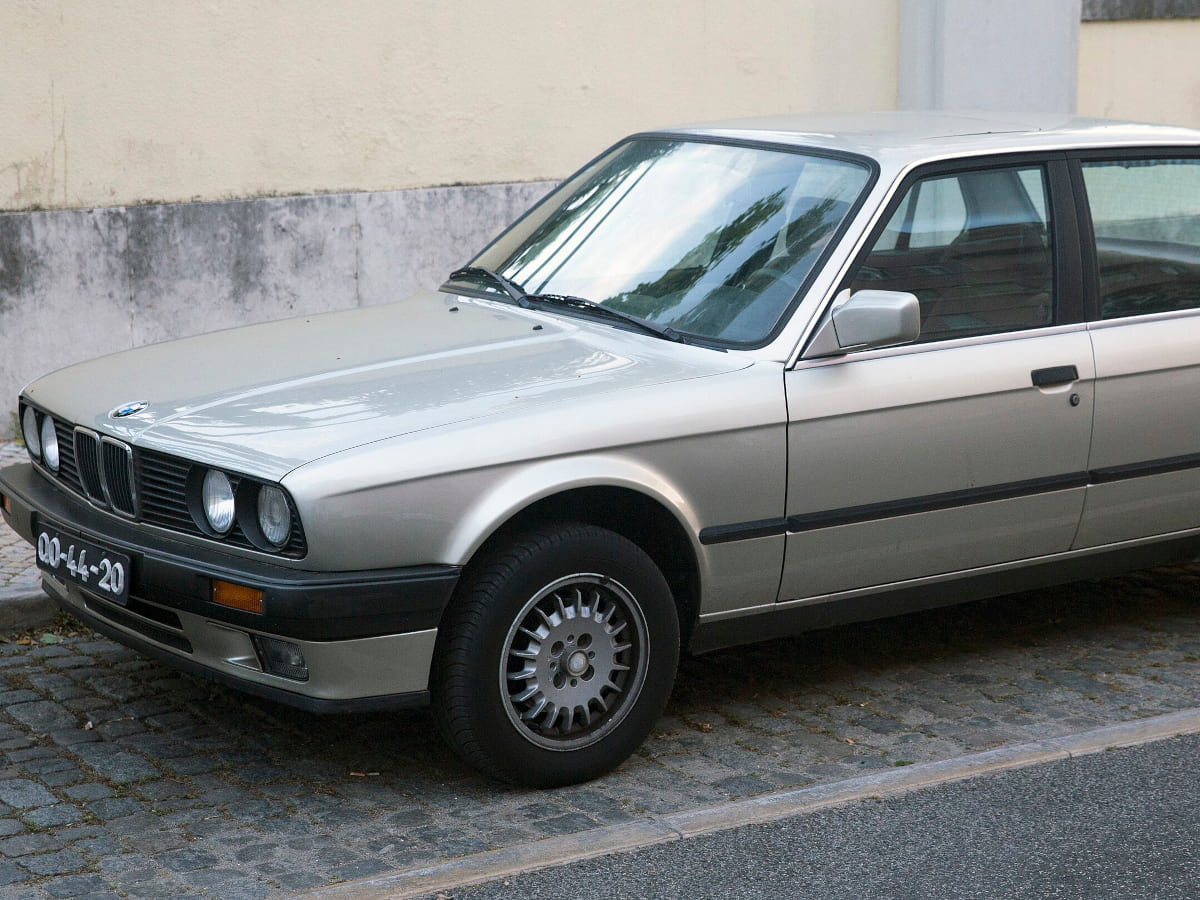
The 1988 BMW M3, introduced as a track-oriented road car, earned its cool status through a combination of performance and practicality. It featured a high-revving four-cylinder engine, precise handling, and distinctive bodywork that improved aerodynamics while maintaining the silhouette of the standard 3 Series.
This model was not just about speed; it was designed to excel in daily driving and competitive racing alike. Its success in touring car championships across the globe underlined its prowess. The M3's blend of usability and performance solidified its reputation and set a benchmark for future sports sedans.
1989: Mazda MX-5 Miata

The 1989 Mazda MX-5 Miata redefined the concept of a roadster by offering an affordable, lightweight, and fundamentally enjoyable driving experience. It drew inspiration from British sports cars of the 1960s but eliminated the reliability issues that often plagued those models.
The Miata’s rear-wheel-drive layout, balanced weight distribution, and responsive handling made it a favorite among driving enthusiasts. Its simple yet timeless design has endured, making it a cool car not only for its fun-to-drive nature but also for its contribution to reviving the roadster category in the automotive market.
 Author
Ron Winkler
Last Updated: December 04, 2025
Author
Ron Winkler
Last Updated: December 04, 2025